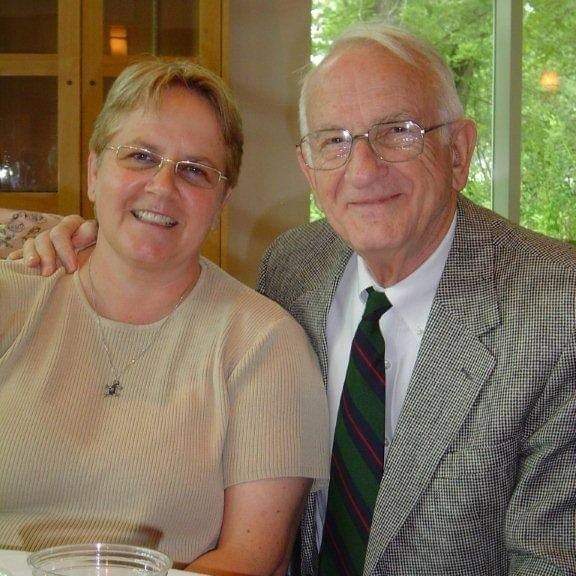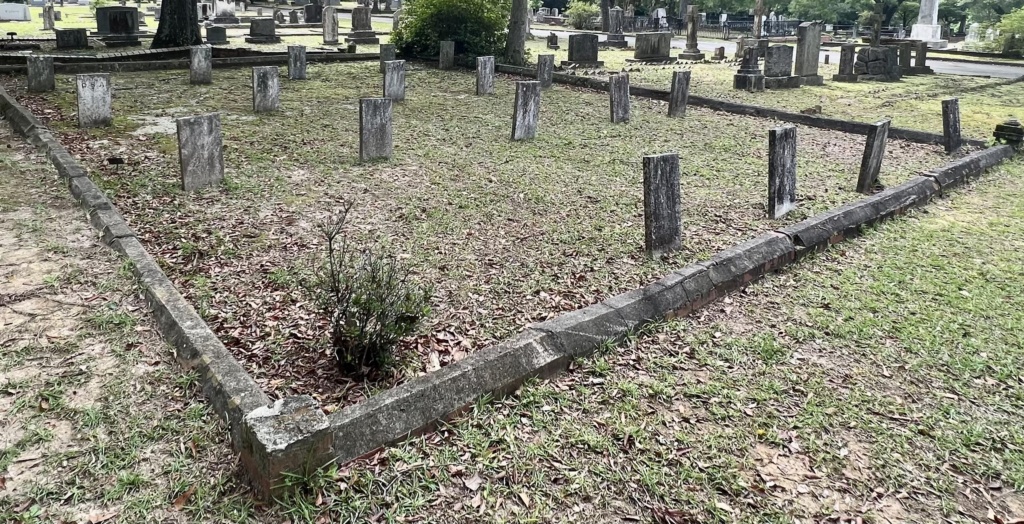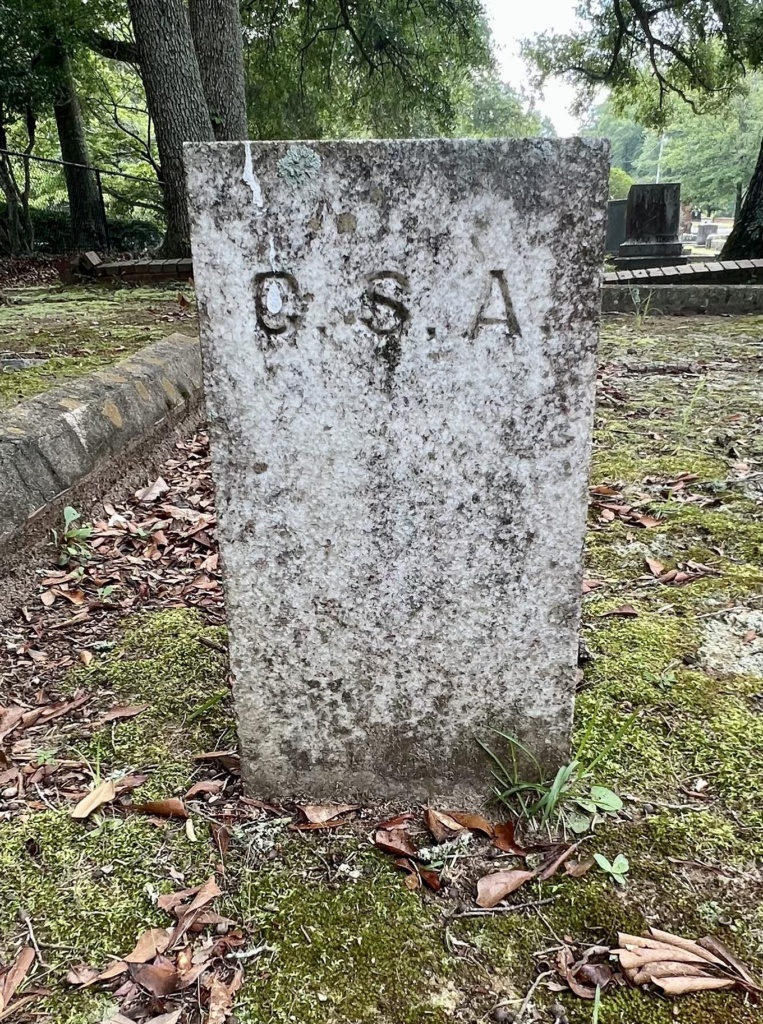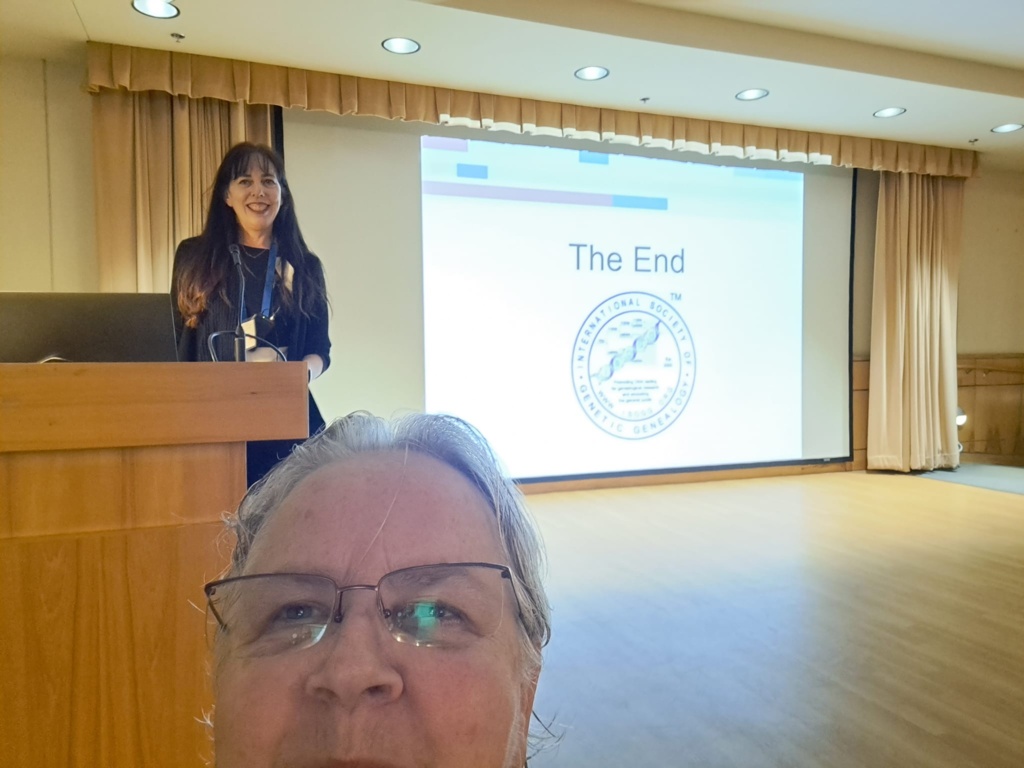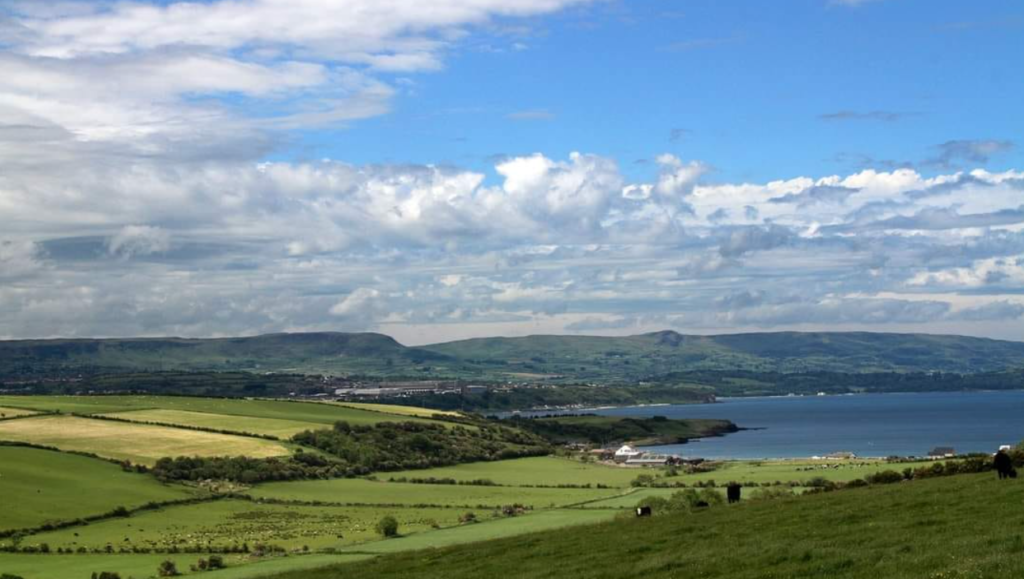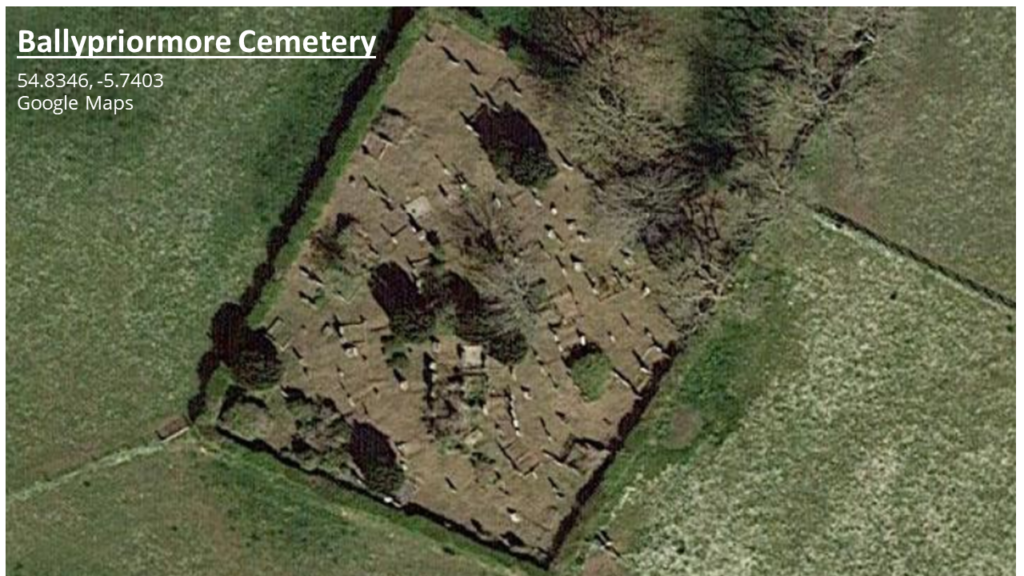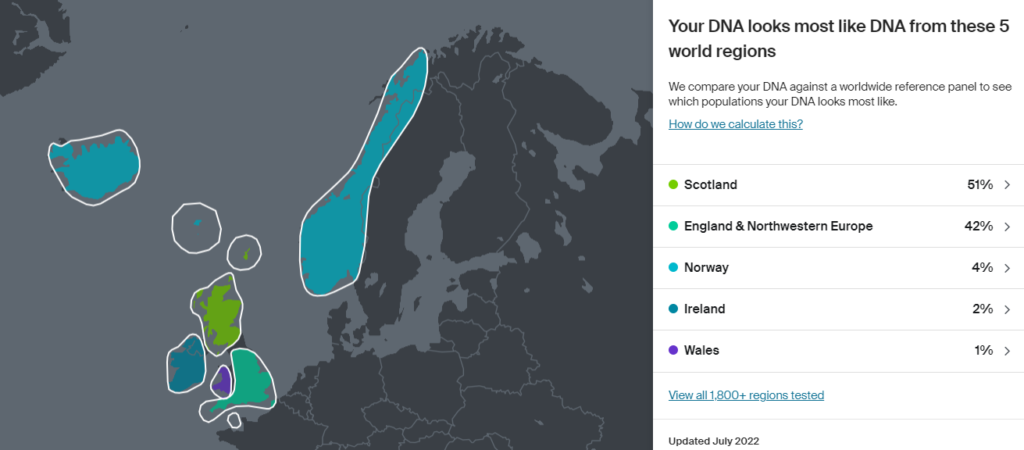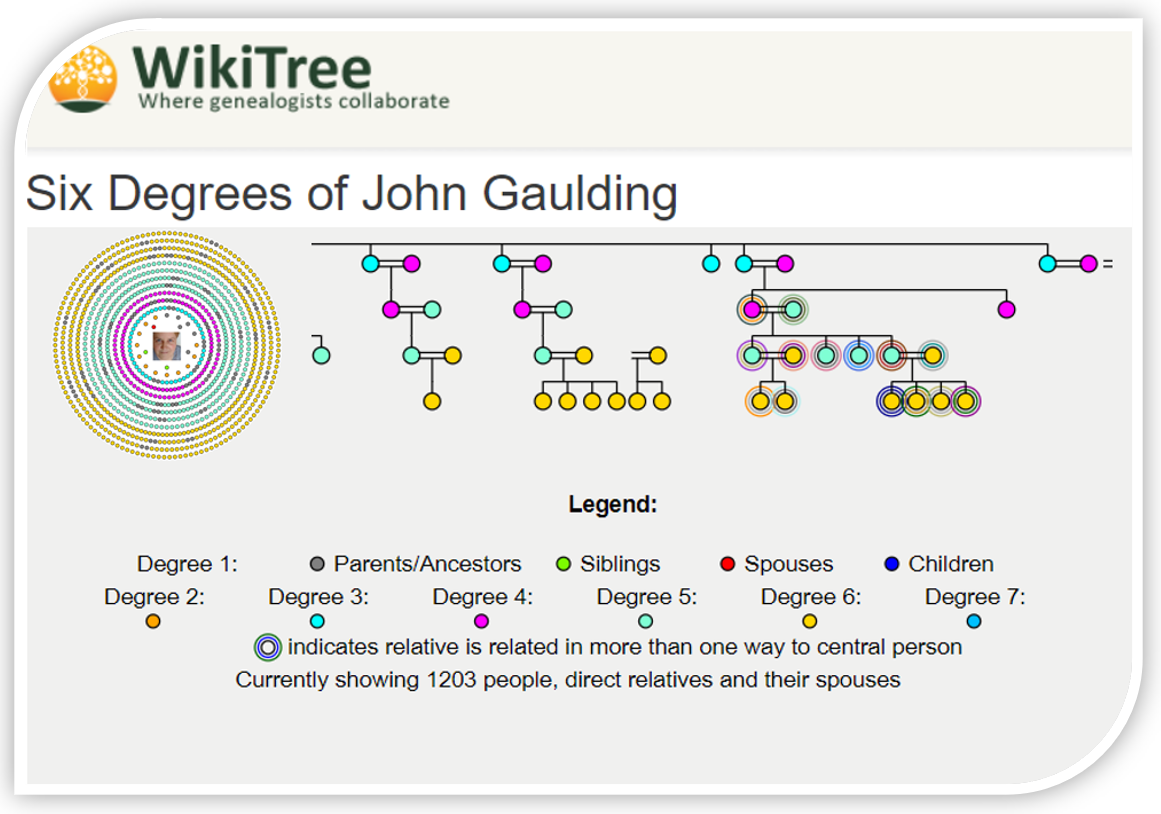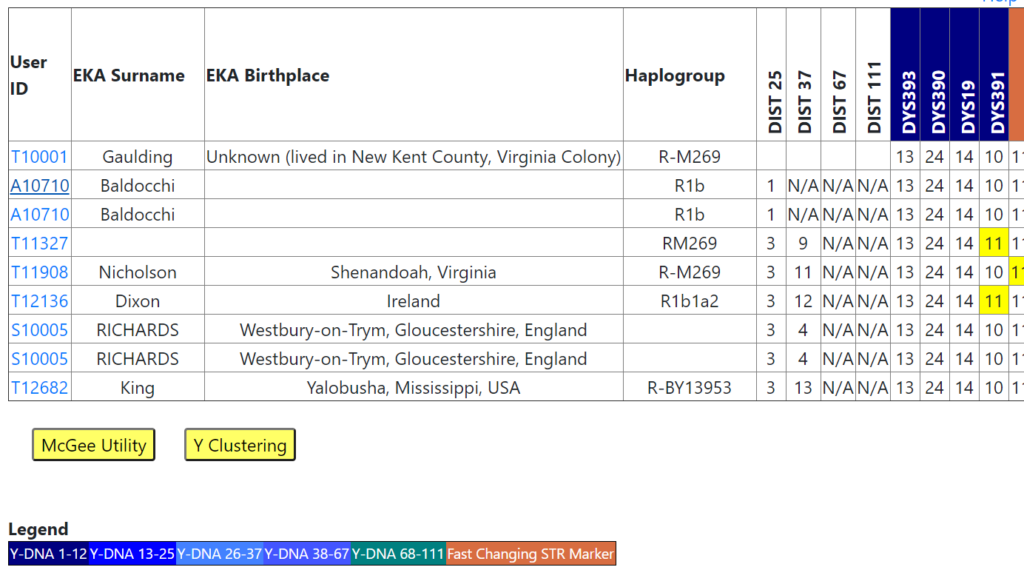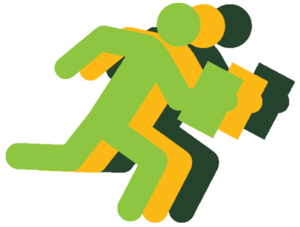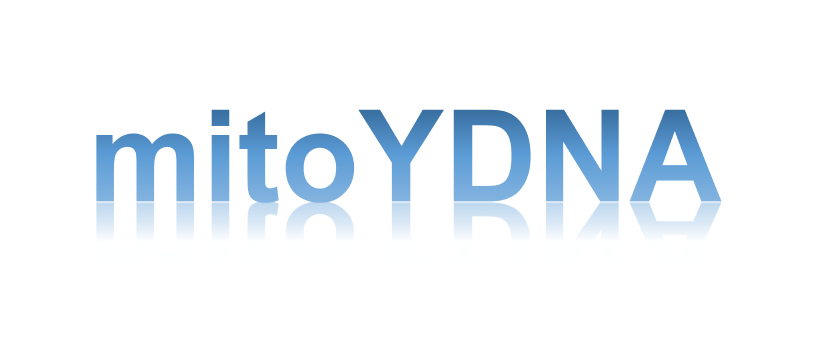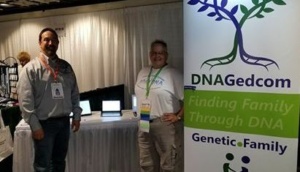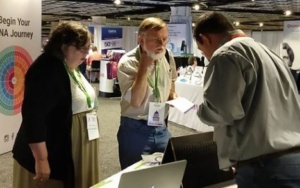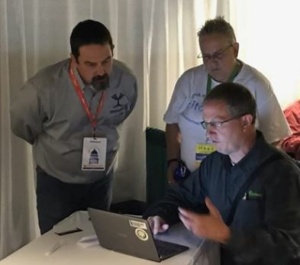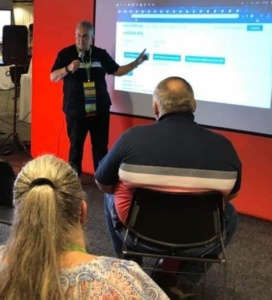This fall was a freakishly weird and long year. Well, it all started in July, July the 22nd, to be exact.
The Seat
I was preparing my van to visit a friend who has cats—wonderful, furry babies who adore me and show me all the love they can. Unfortunately, I can’t sleep in their space, so I sleep in my van. It’s a setup with two fold-down seats and two others that need to be removed with some help.
I got a wild, impulsive hair and thought, I have removed the seat tons of times by myself, safely, using the old, roll the seat out onto a garden cart and roll it into the carport for storage.
The seat rolled over the garden cart onto the ground. In some detached-from-reality thought process (I have suffered back issues since I stole my brothers’ bike and rode it head-on into an oncoming motor vehicle in 1967), I lifted the seat to put it on the garden cart. The three sharp pops and the surge of pain radiating from my back told me I’d just done something incredibly foolish—something wrong.
At the first ER, who shall not be named, they saw something astronomical in my vital signs, said it was from the pain, said that they were not the place to go for imaging, take some Naproxen, and get off my feet for a few. No follow-up, nothing further.
After a trip to a walk-in clinic and two more visits to a different ER, I was diagnosed with a fractured vertebra. The fracture looked ‘different’ and required follow-up with a specialist. My vital signs were still off the charts, and I got a referral for my vitals, too.
A Hurricane and A Devastating Loss
The Hurricane
Helene struck my home city of Greenville, SC, and the mountains that were my playground with a vengeance. On top of the damage was the phone call from my Mom – “If we had been in bed you would be an orphan”. The damage to my parents’ home was catastrophic. If my mom had not moved her and my dad out of their bedroom and down the hall to the living room, they both would have been killed instantly.
The fact that their dream home – a design my father had been skillfully refining until this last remarkable structure he got to live in – was sheared in two and unlivable, was a horror on its own. The fact they now had to find somewhere to live was overwhelming. The fact that when the tree was removed my mom fell and broke her arm, was yet another obstacle to moving forward.
All this and more sent me to my home city, declared a disaster area, to help my parents (disclaimer – mom would not let me drive down before she broke her arm because of my back and because she is not a wilting old lady with a twig on her house – think Zena Warrior Princess Mom).
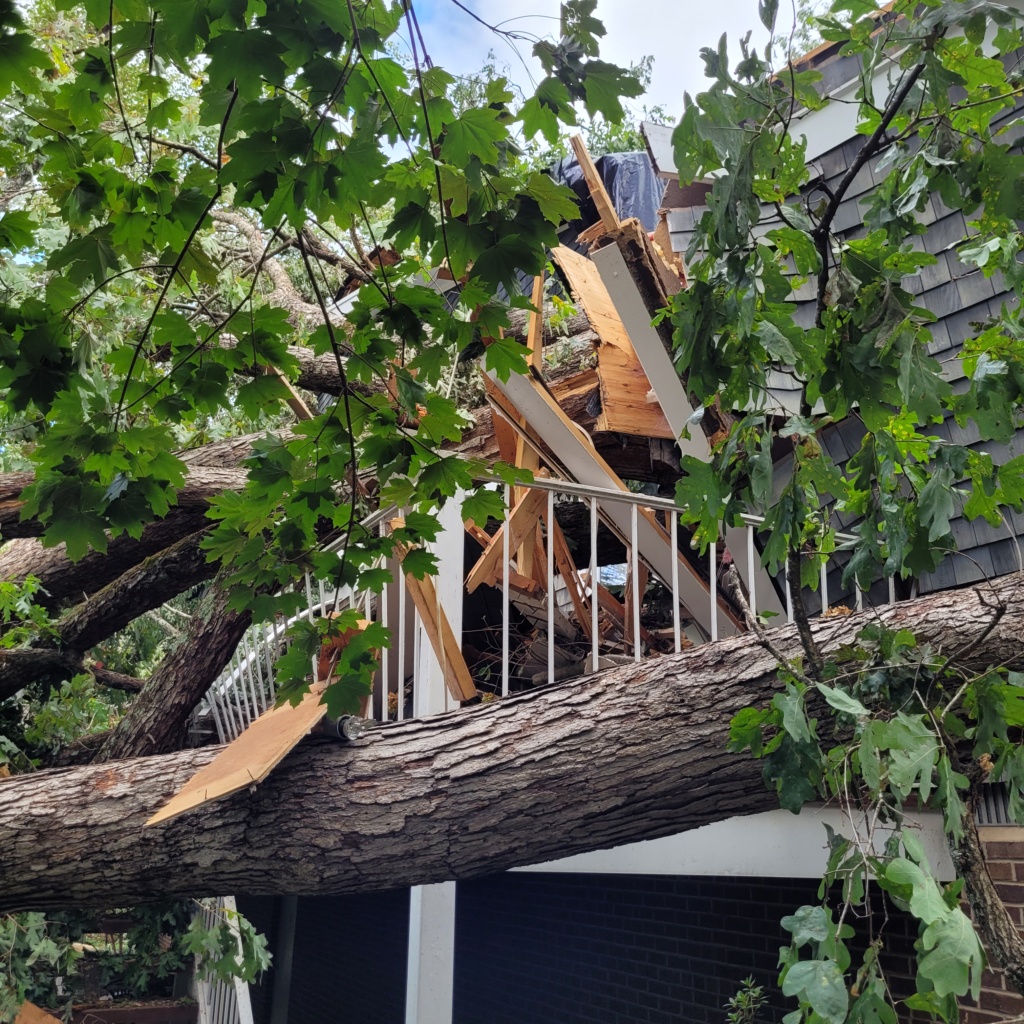
The Loss
When the tree fell on the house, my father was lying on the sofa next to the hallway (an open living area with a bookshelf separating the hall from the living room). A cloud of construction debris billowed down the hallway, covering everything in a thick layer of sheetrock dust, fiberglass insulation, oak dust, and other fine particulates, as if from an explosion.
24 days later my father succumbed to an infection in his lungs caused by that cloud of debris. Two days before he passed he was sitting up telling me he liked the TV shows about the World Series but thought they spent too much time looking at statistics.
I can not describe the loss of my father who was our (me and my siblings) hero. Once, years and years ago my mom said to me, “Your father loves you to distraction”. He did and I am here, alive, reasonably sane, and where I am today because of that love.
A Need of Time
After returning from Greenville (driven home by my partner of 25 years), I took a full week away from the world. I stayed at a friend’s cottage, giving myself the space to reflect and be still with everything that had happened—and everything still unfolding in my life.
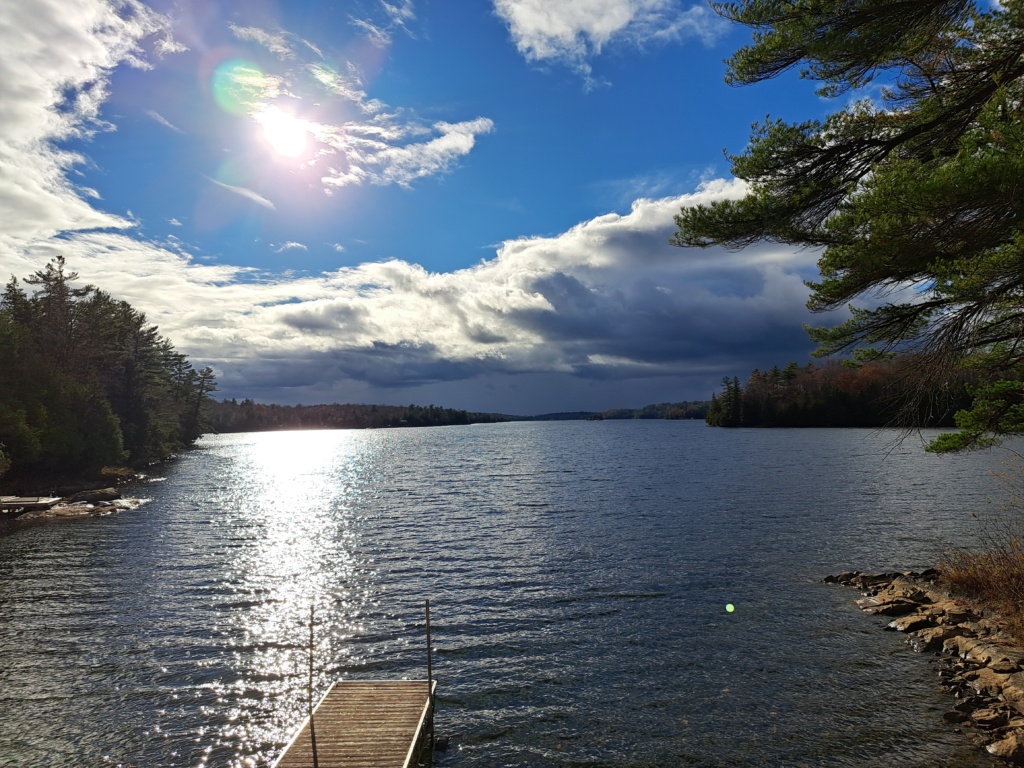
But I can’t take a week in the woods to be still with my health. The issues revealed when I broke my back are big. They are hard. They will take so much time and energy.
The Clinic doctor I have been seeing said I should retire. What would that look like for me? I don’t know until the next appointment or two or three or…
I have emails to answer. What do the answers to those emails look like? I have commitments scheduled well into next year. What do those look like?
Once I get some answers about my health I can move forward.

